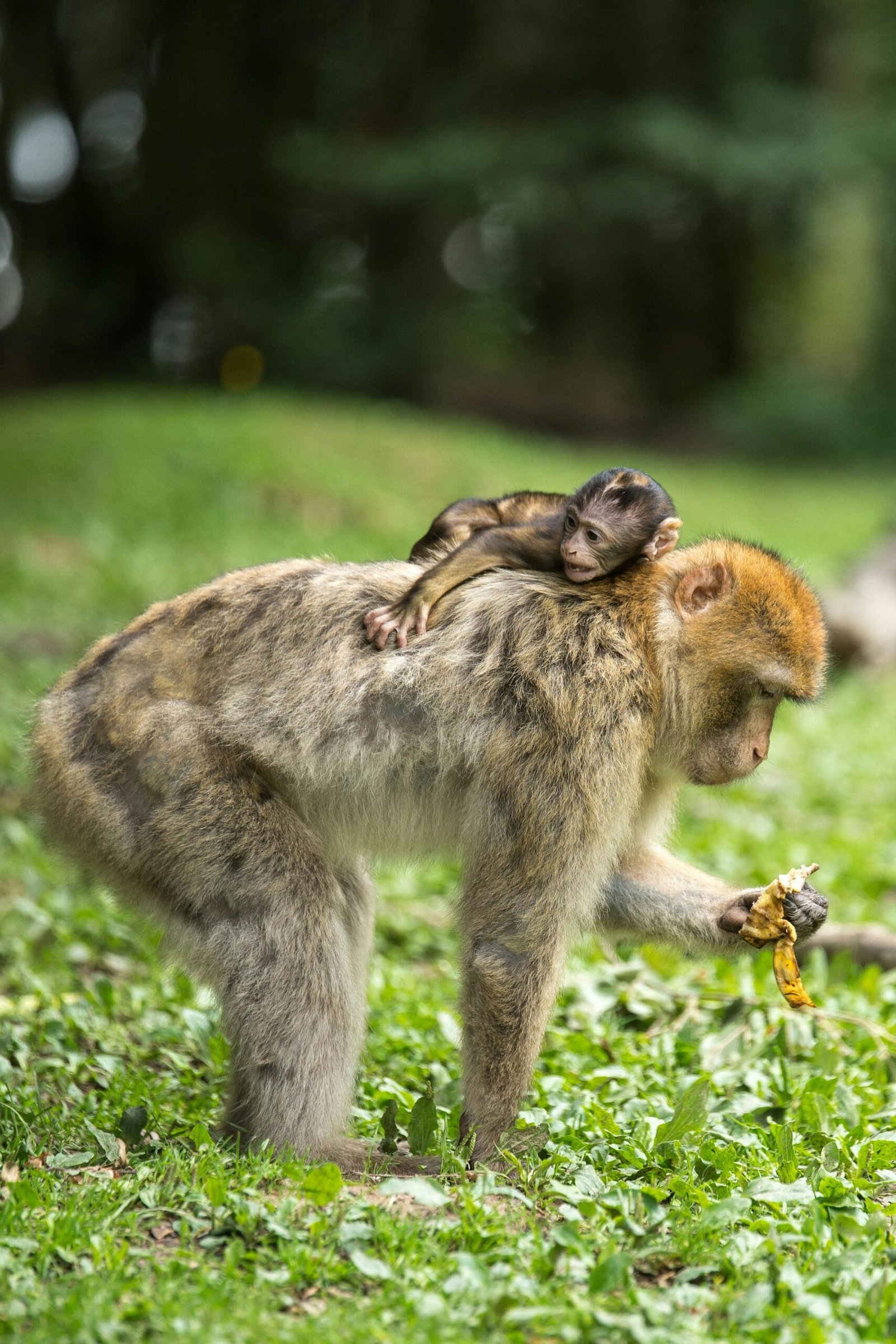Gorillas, the majestic giants of the jungle, captivate us not only with their immense strength and gentle demeanor but also with their fascinating lifespan. If you’ve ever wondered how long these incredible creatures roam the Earth, join us on a journey through the lifespan of gorillas.
Understanding Gorilla Lifespan
Gorillas, belonging to the family Hominidae along with humans, share certain biological similarities, including their lifespan. On average, gorillas live for about 35 to 40 years in the wild. However, under human care in well-managed zoos and sanctuaries, they can surpass this range, often reaching up to 50 years or more. This extended lifespan in captivity is due to factors like access to consistent veterinary care, balanced nutrition, and protection from natural predators.
Factors Influencing Gorilla Longevity
Several key factors influence how long gorillas live:
Species Variation: There are two main species of gorillas—Eastern gorillas (Gorilla beringei) and Western gorillas (Gorilla gorilla)—each with different subspecies. Eastern gorillas generally have a longer lifespan compared to their Western counterparts.
Environment and Habitat: Gorillas primarily inhabit dense forests and lowland swamps across central Africa. Factors such as habitat quality, food availability, and climate changes can significantly impact their lifespan in the wild.
Predation and Threats: In their natural habitats, gorillas face threats from predators like leopards and humans, who hunt them for bushmeat or capture them for illegal wildlife trade. Conservation efforts play a crucial role in protecting these endangered species.
Lifespan Variations Among Gorilla Groups
The lifespan of gorillas can vary within different groups and individuals:
Silverbacks: Male gorillas, known as silverbacks due to the silver-gray hair on their backs, typically live longer than females. Their leadership roles within the troop often afford them better access to resources and protection, contributing to a longer lifespan.
Females and Offspring: Female gorillas generally live slightly shorter lives than males, often due to the stresses associated with reproduction and caring for offspring. Infant mortality rates are also significant in wild populations, impacting overall life expectancy.
Conservation Efforts and Lifespan Enhancement
Conservation initiatives and protected areas are critical in ensuring the longevity of gorilla populations. Efforts such as anti-poaching patrols, habitat restoration, and community education programs contribute to reducing threats and providing a safe environment for these magnificent creatures to thrive.
Conclusion
In conclusion, while the average lifespan of gorillas in the wild is around 35 to 40 years, factors like species, habitat quality, and conservation efforts can influence how long they live. Through continued conservation efforts and awareness, we can protect these gentle giants and ensure they continue to grace our planet with their presence for generations to come.
Next time you encounter these awe-inspiring animals, remember the journey they’ve taken through life and the efforts needed to secure their future. Gorillas are not just symbols of strength and intelligence but also ambassadors for the importance of wildlife preservation.
Remember to always respect wildlife and support conservation efforts wherever you can. Together, we can make a difference in preserving the natural world and all its incredible inhabitants.



